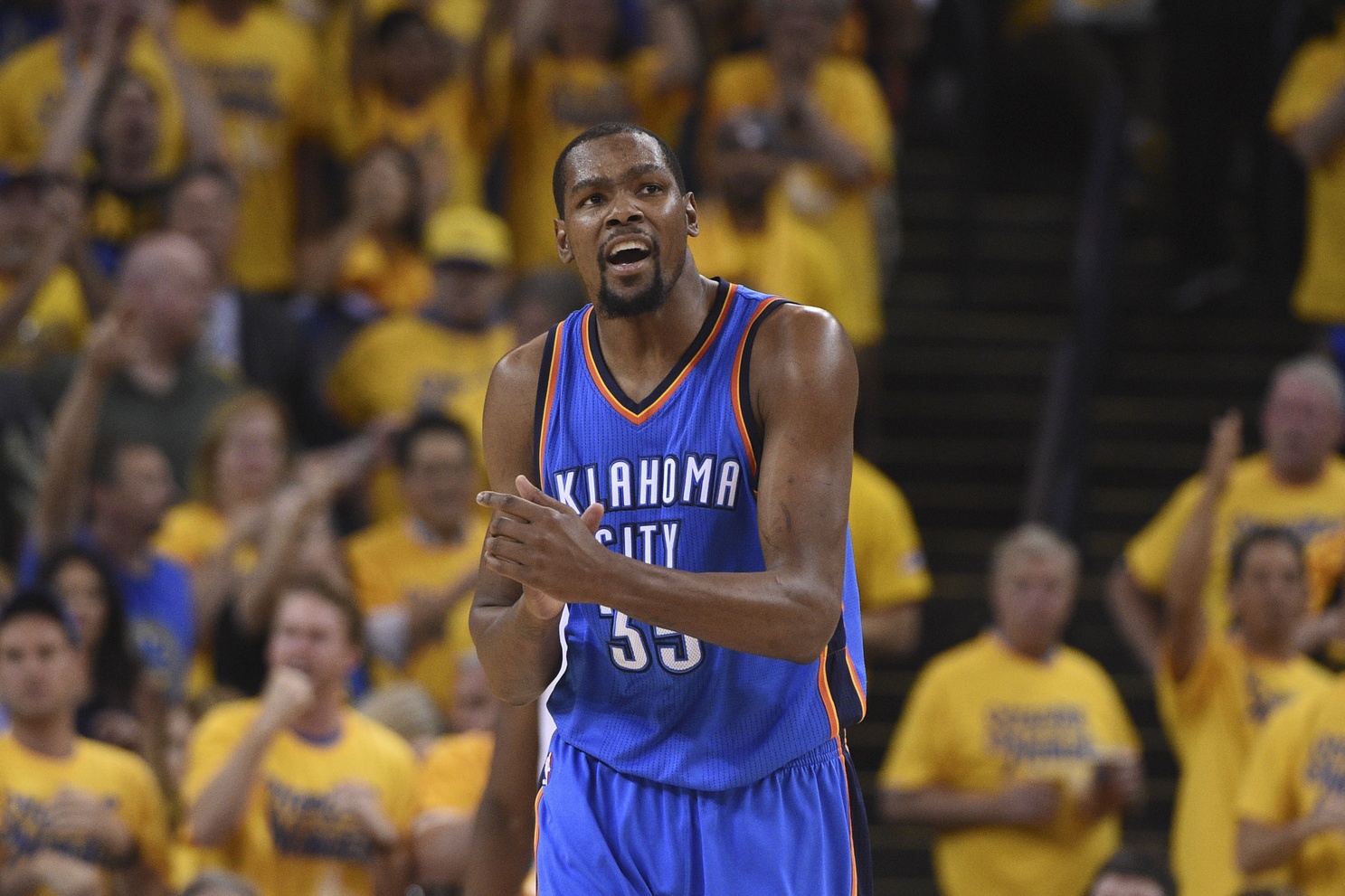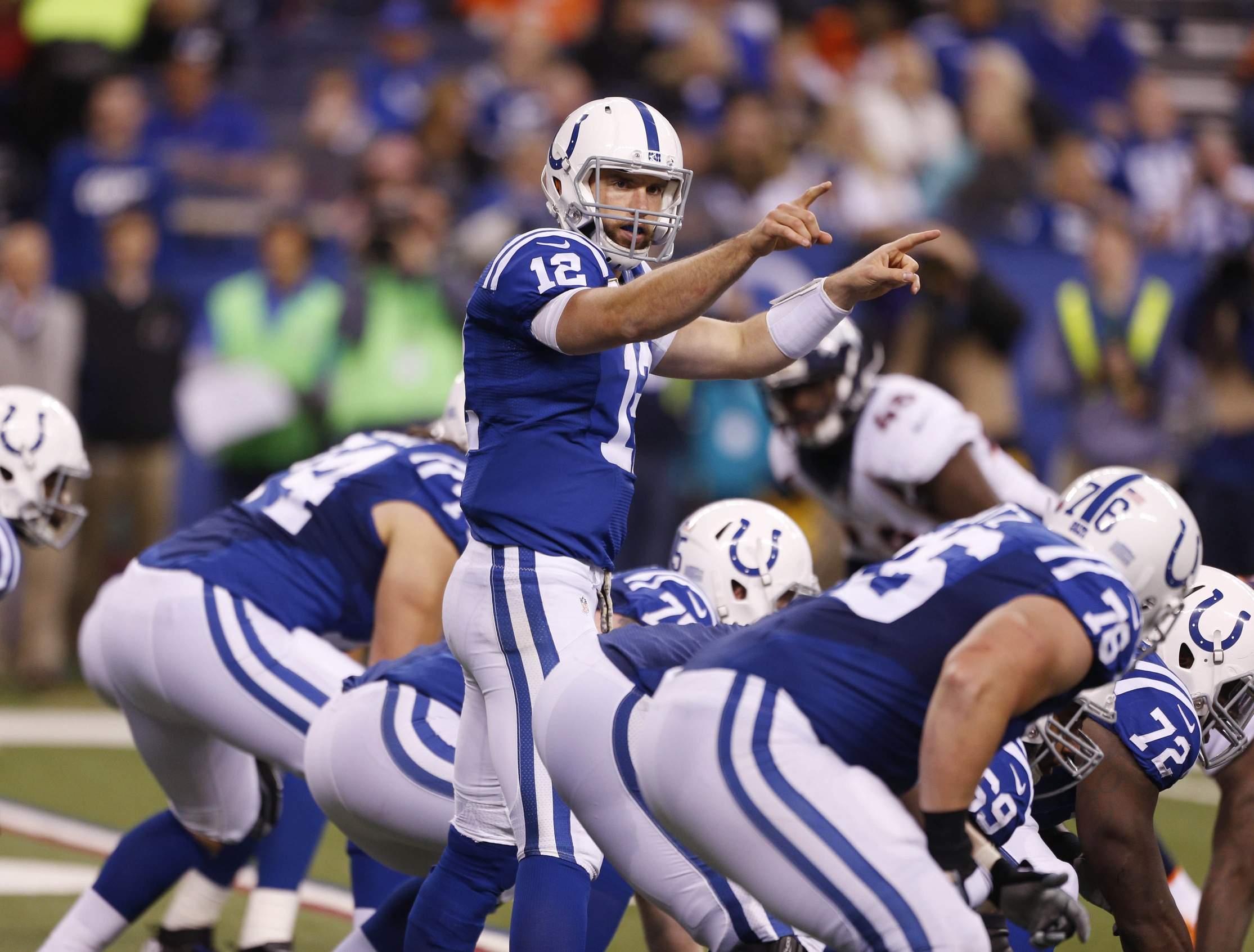TRENDING PAGES
TRENDING PLAYERS
AFC East
AFC North
AFC South
AFC West
NFC East
NFC North
NFC South
NFC West
Southeast
Atlantic
Central
Southwest
Northwest
Pacific
AL West
AL East
AL Central
NL West
NL East
NL Central
Atlantic
Metropolitan
Pacific
Central
Eastern
Western
Eastern
Western

While many will discuss those who didn't make the cut, we take our annual look at the financial breakdown for the National League & American league All-Star rosters. We've broken things down by starters, pitching staffs, and reserves, noting the combined 2016 salaries for each group. In total, the rosters are shockingly close, with the National League totaling $269M, and the American League totaling $261M.
National League Starters
The Cubs dominate the National League starting lineup, which combines for a total of $71.5M in 2016 salary.

Pitching Staff
A loaded National Pitching staff is rich with Cubs, Dodgers, Marlins, & Mets for a combined $142.5M in 2016 salary.
RHP: Jake Arrieta, (CHC, $10,700,000, Arb. Eligible)
LHP: Madison Bumgarner, (SF, $9,950,000, thru 2019)
RHP: Johnny Cueto, (SF, $15,833,333, thru 2021)
RHP: Jeurys Familia, (NYM, $4,100,000, Arb. Eligible)
RHP: Jose Fernandez, (MIA, $2,800,000, Arb. Eligible)
RHP: Kenley Jansen, (LAD, 10,650,000, FA)
LHP: Jon Lester, (CHC, $25,000,000, thru 2020)
LHP: Clayton Kershaw (LAD, $34,571,428, thru 2020)
RHP: Mark Melancon, (PIT, $9,650,000, FA)
RHP: A.J. Ramos, (MIA, $3,400,000, Arb. Eligible)
RHP: Fernando Rodney, (MIA, $1,600,000, option)
RHP: Stephen Strasburg, (WAS, $10,400,000, thru 2023)
RHP: Noah Syndergaard, (NYM, $535,375, Team Control)
RHP: Julio Teheran, (ATL, $3,466,666, thru 2019)
Reserves
Multiple players from multiple teams are rewarded with a reserve spot on the National League roster, which totals $55M in 2016 salary.
C: Jonathan Lucroy (MIL, $4,350,000, option)
C: Wilson Ramos (WAS, $5,350,000, FA)
1B: Paul Goldschmidt (ARI, $5,850,000, thru 2018)
1B: Wil Myers (SD, $523,900, Arb. Eligible)
2B: Daniel Murphy (WAS, $8,000,000, thru 2018)
3B: Nolan Arenado (COL, $5,000,000, Arb. Eligible)
3B: Matt Carpenter (STL, $6,500,000, thru 2019)
SS: Corey Seager (LAD, $510,000, Team Control)
OF: Adam Duvall (CIN, $510,000, Team Control)
OF: Carlos Gonzalez (COL, $17,428,571, through 2017)
OF: Odubel Herrera (PHI, $528,000, Team Control)
OF: Marcell Ozuna (MIA, $570,000, Arb. Eligible)
American League Starters
Red Sox galore across the American League starting lineup, that combines for $52M in 2016 salary, almost $20M less than the National League (even with the added DH).

Pitching Staff
The American League East is well represented on a staff that combines for $85.5M in 2016 salary.
RHP: Dellin Betances, (NYY, $507,500, Arb. Eligible)
RHP: Brad Brach, (BAL, $1,250,000, Arb. Eligible)
LHP: Zach Britton, (BAL, $6,750,000, Arb. Eligible)
RHP: Alex Colome, (TB, $521,700, Team Control)
RHP: Wade Davis (KC, $8,000,000, option)
RHP: Marco Estrada(TOR, $11,500,000, thru 2017)
LHP: Cole Hamels, (TEX, $23,500,000, thru 2018)
RHP: Will Harris, (HOU, $525,500, Arb. Eligible)
RHP: Kelvin Herrera (KC, $2,550,000, Arb. Eligible)
RHP: Craig Kimbrel, (BOS, $11,250,000, thru 2018)
LHP: Andrew Miller, (NYY, $9,000,000, thru 2018)
RHP: Danny Salazar, (CLE, $536,200, Arb. Eligible)
LHP: Chris Sale,(CHW, $9,150,000, thru 2019)
RHP: Steven Wright, (BOS, $514,500, Team Control
Reserves
The A.L. reserves are full of power, combining for a whopping $124M in 2016 salary.
C: Stephen Vogt, (OAK, $527,500, Arb. Eligible)
C: Matt Wieters, (BAL, $15,800,000, FA)
1B: Miguel Cabrera, (DET, $28,000,000, thru 2025)
2B: Robinson Cano, (SEA, $24,000,000, thru 2023)
3B: Josh Donaldson, (TOR, $11,650,000, thru 2017)
SS: Francisco Lindor, (CLE, $540,300, Team Control)
SS: Eduardo Nunez,(MIN, $1,475,000, Arb. Eligible)
OF: Carlos Beltran, (NYY, $15,000,000, FA)
OF: Ian Desmond, (TEX, $8,000,000, FA)
OF: Mark Trumbo, (BAL, $9,150,000, FA)
DH: Edwin Encarnacion, (TOR, $10,000,000, FA)

Kevin Durant spun the sports world into a frenzy yesterday when he announced by way of the Player's Tribune that he would be joining forces with the already stacked Golden State Warriors for the 2016-17 season. Contractually, as expected, Durant has agreed to a "1+1" deal, providing him a maximum salary of $26.5M next year, with a $27.7M player option for the 2017-18 season. Like many of the other elite players in the game, Durant will likely opt-out after next season, putting himself in a position to cash in on a salary cap that's expected to rise another $13M-$15M in a year.
How Much Did He Lose in 2016 by Leaving?
Nothing. Because Durant held Full Bird rights with the Thunder, he was eligible for a maximum 1+1 contract whether he stayed or left. The difference in compensation would have come into play should he have agreed to a maximum multi-year contract. In that case, the Thunder would have been eligible to sign him to a 5 year $152.6M contract. But the Warriors would only have been allowed to max him out at 4 years $113.3M. This difference will likely come into play next offseason.
How Much Does Durant Stand to Lose Next Year?
By leaving Oklahoma City, Durant has forfeited his full-bird right status. He'll enter the 2017 offseason with one year of service for the Warriors, making him a Non-Bird right candidate heading back into free agency. This means that were he seeking a maximum multi-year contract next offseason, Golden State would only be eligible to offer him a 4 year extension structured with a 1st year salary of 120% of this year's compensation, with annual raises of 4.5%. In other words, assuming a $107M team salary cap, the Warriors can offer Durant a projected 4 year, $136M extension, or an annual aveage of $34M per year.
Were Durant to seek a maximum multi-year contract with a new team next offseason, that team would be able to offer him a 4 year, $156.6M extension - an average annual salary of nearly $40M per year.
In Numbers
- Durant signs a 1+ 1 in OKC, then a 5 year max extension in OKC.
$26.5M + $203M = $229.5M
- Durant signs a 1+1 in OKC, then a 4 year max extension elsewhere.
$26.5M + $157M = $183.5M
- Durant signs a 1+1 in GS then a 4 year extension with GS.
$26.5M + $136M = $162.5M
- Durant signs a 1+1 in GS, then a 4 year max extension elsewhere.
$26.5M + $157M = $183.5M
In other words, by leaving Oklahoma City this year, he walked away from a minimum of $46M that could have been earned were he to sign a 1+1 then a 5 year maximum contract with the Thunder. He's clearly looking to win now, while still making quite the pay day to go along with it.
Either way, as exciting as this NBA offseason has been, the summer of 2017 is setting up to be even bigger.

Ben Simmons, the 1st overall pick in the 2016 NBA Draft, has officially signed with Philadelphia. His contract will likely be 120% of the desginated NBA Rookie Scale, which will result in a 2 year $12.07 million contract. If Philadelphia exercises both Club Optons his 4 year rookie contract will be a result of 4 year $26.6 million. Simmons is the first player from the 2016 NBA Draft to sign a contract.
Contract Breakdown
2016-17: $5,903,160
2017-18: $6,168,840
2018-19: $6,434,520 (Club Option)
2019-20: $8,113,930 (Club Option)
QO: $10,548,109

Colts owner Jim Irsay did what he has said he would do all along - sign Andrew Luck this offseason to the biggest contract in NFL history. The Colts locked in their franchise quarterback to a total of 6 years $139.125M, or a 5 year, $122.97M new money contract. The deal checks off all the bullet points needed to be "historic", including a $23M+ AAV, $75M in 3-year cash, and a whopping $87M in practical full guaranteed money - all the most ever.
Assessing the Structure
In terms of cap figures, the beginning of the deal is relatively friendly, including $18.4M in 2016, and $19.4M in 2017. The cap hits rise to $24.4M, $27.525M, and $28.4M over 2018-20 before dropping to $21M in 2021.
Luck's roster bonus structure is interesting in that he contains multiple bonuses 2017, 2018, and 2019 that guarantee early in the league year, but one is paid in March of that year, while the other is paid in September. This is a strong example of how team's need to separate their cash flow from their cap table at times.
Guaranteed Breakdown
Luck receives a whopping $44M guaranteed at signing, 3rd most in the league. This comes from a $32M signing bonus, and a $12M 2016 salary.
From there though the deal becomes EXTREMELY team-friendly. The remaining $43M in full guarantees come in a "rolling" structure. This means that salaries & bonuses don't become fully guaranteed until a certain day of the league year, giving the team a way out (via trade or release) with less dead cap incurred.
For Luck, this starts in 2017 when his $7M salary, and $9M in roster bonuses become fully guaranteed on the 5th league day of 2017.
- On the 5th league day of 2018, his $12M salary and a $3M roster bonus become fully guaranteed.
- On the 5th league day of 2019, $12M in roster bonuses become fully guaranteed
- On the 5th league day of 2020, an $11M roster bonus becomes fully guaranateed
- On the 5th league day of 2021, a $10M roster bonus becomes fully guaranteed.
In other words, if the next 3 years don't go swimmingly, the Colts can bail out on this contract after the 2018 season, and before the 5th league day of the 2019 year, and incur just a $12.8M dead cap hit.
Cash Breakdown
The cash structure for luck is scattered as noted above, but annually looks like:
- 2016: $30M
- 2017: $27M
- 2018: $18M
- 2019: $21.25M
- 2020: $22M
- 2021: $21M
Were he to play this contract out in full, he'll be 32 years and will have earned $161.2M through his first 10 NFL seasons.
Takeaways Going Forward
Luck's deal isn't going to raise the bar for everyone, but it's certainly supplanted the quarterback position as the dominant contract. The $75M in three year cash should excite future signees most (Tyrod Taylor, Kirk Cousins, Derek Carr, Blake Bortles), as it signifies a $25M per year deal within the logical term of the modern contract (many contracts are voided or extended in by year 4).
While the guaranteed money looks outrageous on paper, a quick look at the rolling structure of it lends all the control over years 2 and on to the team, who can remove themselves if necessary. Contracts for Bills DT Marcel Dareus and Dolphins DT Ndamukong Suh have multiple salaries guaranteed early in the structure of the deal, handcuffing their respective teams.
It will be interesting going forward to see how the balance of power between the high numbers demanded from players/agents and any control (outs) the teams seek can live in harmony. It should surprise no one that Andrew Luck's contract appears to do both well.

Now that LeBron James has officially opted out of his player option for 2016-17, the focus turns to his next contract. It's been widely assumed by most that James will again sign another 1 year contract, with an option for the 2017-18 season. From there, he'll decline the option, and set himself up, along with many other elite players, for a huge payday when the 2017 salary cap rises yet again.
If He Stays With Cleveland
Because LeBron has been back with Cleveland for 2 years, he's considered to have "Early-Bird" rights. This means he must sign a minimum 2 year contract with the Cavaliers, containing no options in order to receive the full 175% raise he's inline for. This would mean a 2 year, $63.91M contract.
The alternative would be to request his Bird-rights be renounced, which would mean James would be eligible to sign a 1+1 contract (1 year deal + a player option), but at a maximum 120% of his previous year's salary. This would mean a 1 year $27,564,600, with a $29,631,945 player option for the 2017-18 season.
If He Signs Elsewhere
Assuming the team has an ample amount of cap space to do so (Lakers), LeBron can sign a contract of any length, with the maximum $30.8M salary for the 2016-17 - even a 1+1 deal.
In other words, LeBron would gain an additional $3M this year by going elsewhere.





